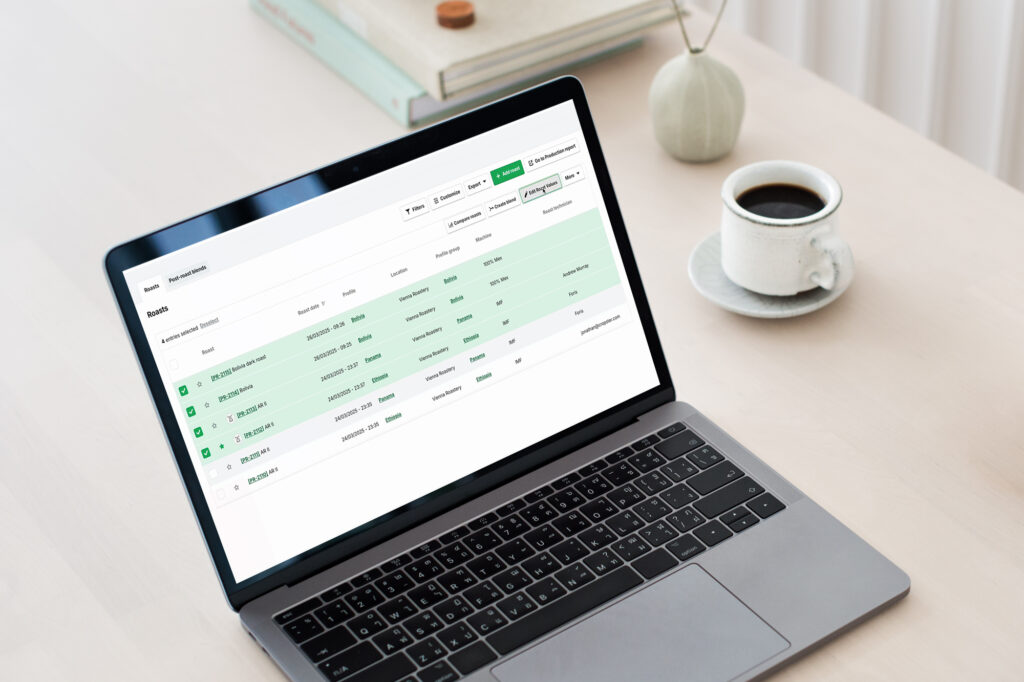Cafe Task Management: Making Sure Tasks Get Done

| Cafe
In our last article on Cafe Task Management, we reviewed the myriad activities that contribute to a well-run cafe. The scope, complexity, and frequency of these essential tasks make it a challenge to track, manage, and monitor them. Activities include dialing in coffee recipes, preventative machine maintenance, cleaning tasks, and more. Teams working opening and closing shifts that may not overlap compound these tasks together. Certain essential, but infrequent tasks, like steam wand maintenance, replacing dispersion screens, and testing water quality, all have serious repercussions for the longevity of your equipment.
From the perspective of cafe owners, regional or district managers, and store management, it is essential to track, measure, and report on these activities. It improves organization, accountability, and with it provides the opportunity to understand staff performance, implement additional training or corrective actions, and measure how habits form based on those actions.
Many cafe owners and managers currently rely on outdated or very generic modes of tracking and measuring tasks. Cafes have a specific set of tasks that are unique to retail coffee business models. These tasks often correlate to specific locations, staff, and equipment. To be effective, any solution therefore needs to be cafe specific and integrated into your core business.
In interviews and surveys with cafe owners, we repeatedly found that staff will check off tasks without actually accomplishing them. An almost universal sentiment is that any task management systems are only as effective as their oversight. Without an integrated tool, oversight is a real challenge.
Cropster Cafe makes it simple for bar staff to stay on top of tasks and empowers cafe management with an integrated, cafe specific, holistic view of tasks – remotely and across multiple locations. Read on to learn which systems we see in place today and the different approach Cropster Cafe takes to help turn bar tasks into habits that facilitate smooth cafe operations.

Today’s Task Management Reality
Throughout the development of Cropster Cafe, our customers openly shared the systems they’re currently using to manage cafe tasks, and reported the pain points of these systems. A common method of task management is to laminate sheets or print check lists. As they complete each task, the employee marks the sheet with their initials. Sometimes, management confirmed tasks and signed off again. Two Cropster customers reported that the cafe manager has an “everyday task sheet” that is laminated. The manager either gives it to the head barista to fill in completed tasks, or they review the items twice daily together.
Others reported developing customized spreadsheets where employees check off a variety of tasks. While this has the benefit of being available for review remotely, they have their own challenges. They become quite complex when you’re developing them to cover morning tasks, afternoon tasks, mid-day tasks, and less frequently weekly, monthly, and quarterly activities. Sharing, privacy, and permissions can become a challenge, too.
Another method that is often complementary to the above is that managers assign activities during one-on-one sessions or team meetings, telling individual staff to “do this today.” While certain tasks will be tended to in this way, the results for owners and management are often only anecdotal. Management does not gain long-term insights from a more formalized and systematic approach. The worst case is that tasks aren’t accomplished on time or satisfactorily, resulting in another feedback session.
Checking in with your team is essential and incredibly valuable, but for everyday and repetitive tasks, it is quite inefficient. Rather, these sessions should engage with staff on a personal level, motivate your team, and solicit feedback that allows your team to function at their best. Using this time to assign rote tasks is a missed opportunity.
In our research, we uncovered a variety of software solutions that cafe owners used to manage tasks in the cafe. The tools ranged from the Asana app to task management iPhone apps designed for families, not professional settings. Sometimes, users reported professional level tools that are a part of their staff scheduling software. In each case, though, there are limitations. Often these tools will accommodate the rote daily tasks, but not the activities that happen less frequently, like preventive machine maintenance. In every case, these tools are largely disconnected from other essential elements of managing a cafe, including equipment, location, recipe development, quality control, and accountability reporting.
We developed Cropster Cafe with these questions in mind. With Cropster Cafe, you have the benefits of a comprehensive task management solution that integrates with your business operations. Plus, all the known tools to optimize brew consistency across your locations.
Stay tuned for Part 3 of our Cafe Task Management series where we share the key features of Cropster Cafe Task Management, and Book at Demo today or start your free trail and see Cropster Cafe in action.

